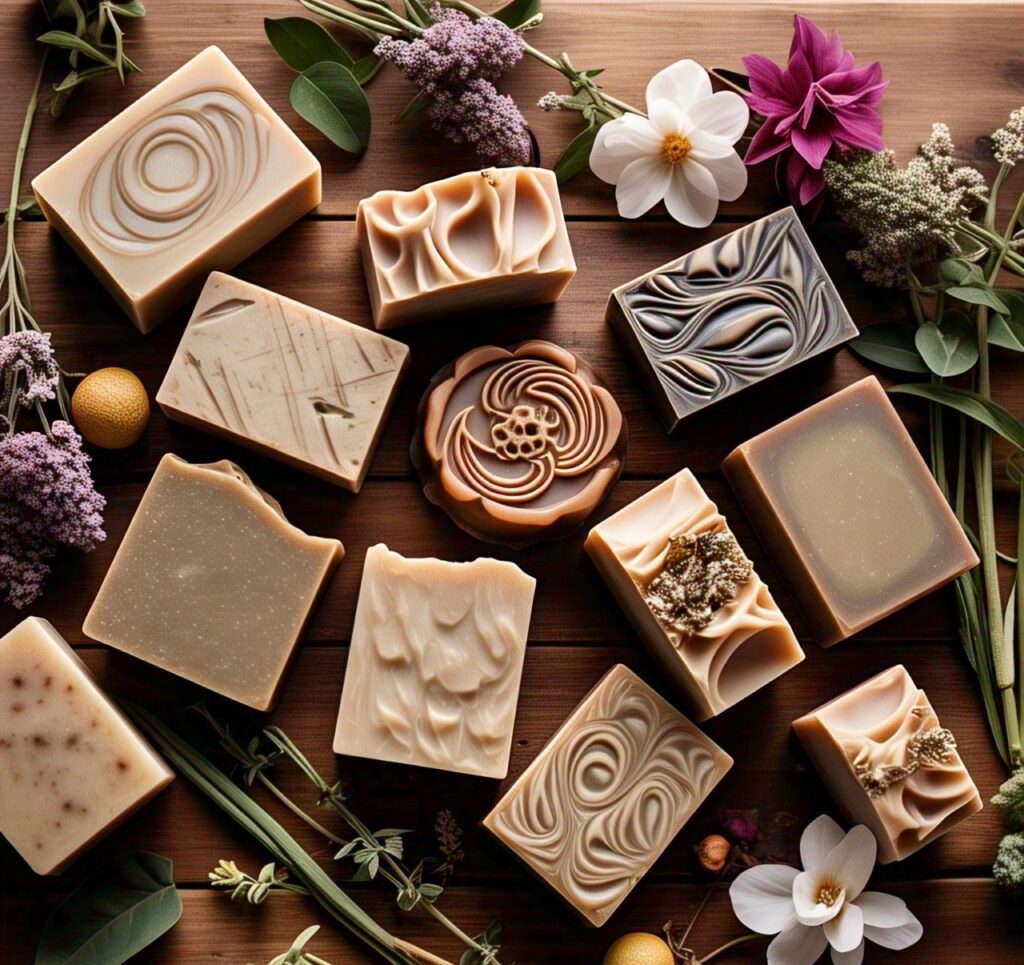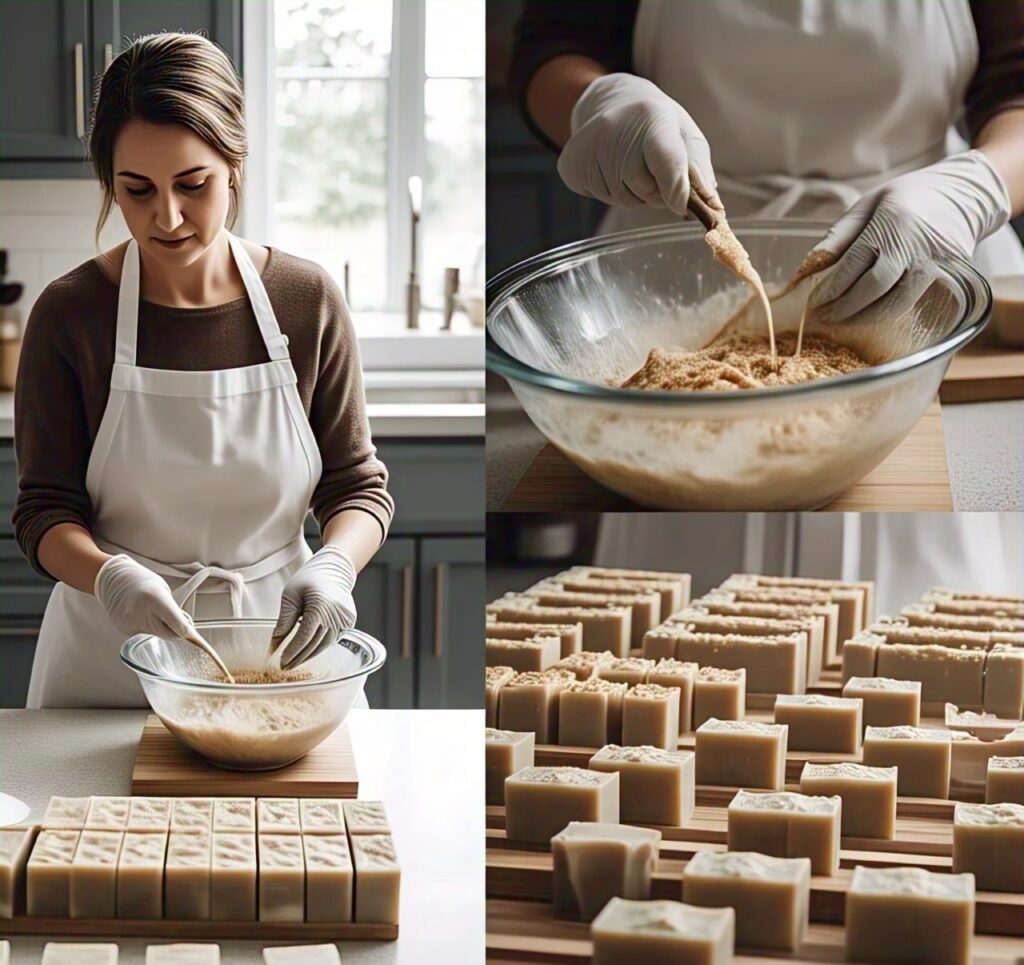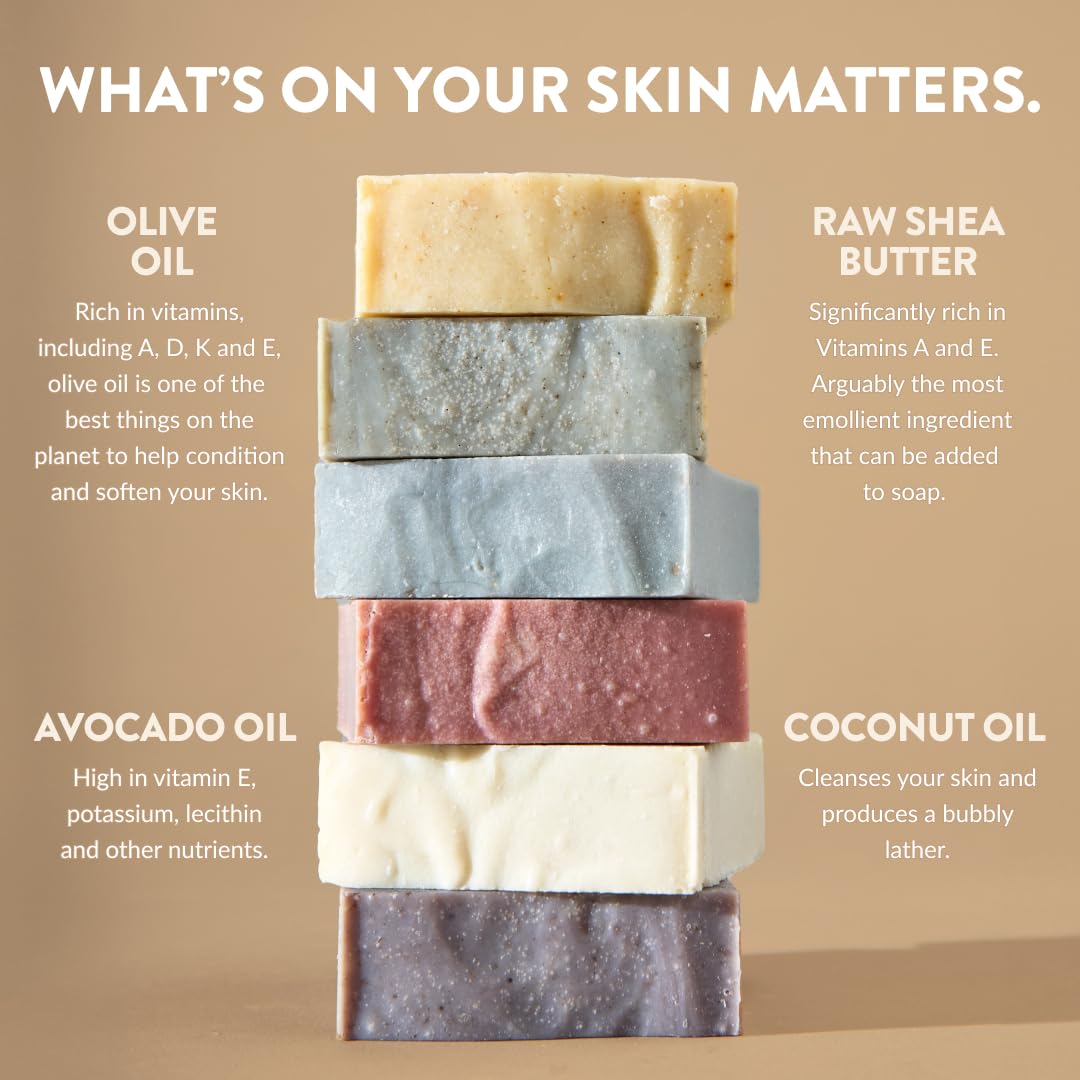Imagine washing your skin with something so gentle, so nourishing, that you feel like you’re treating it to a spa day every time. That’s the magic of cold process soap — a traditional, handcrafted soap that’s becoming a favorite among clean beauty lovers, eco-conscious shoppers, and DIY enthusiasts alike.

What Is Cold Process Soap?
Cold process soap is a natural soap made by mixing oils or fats with a lye solution (sodium hydroxide), allowing it to saponify (turn into soap) at room temperature without external heat. This method retains the beneficial qualities of the oils and creates a luxuriously moisturizing bar.
Unlike melt-and-pour or hot process methods, cold process gives artisans the most control over ingredients, textures, and curing time.
Key Ingredients in Cold Process Soap:
- Base oils: Olive oil, coconut oil, palm oil, or shea butter
- Lye (sodium hydroxide): The catalyst for saponification
- Liquid: Often water, herbal teas, or plant-based milk
- Additives: Essential oils, herbs, clays, and natural colorants
Why Choose Cold Process Soap Over Commercial Soap?
| Feature | Cold Process Soap | Commercial Soap |
|---|---|---|
| Ingredients | Natural, customizable | Synthetic detergents and preservatives |
| Glycerin | Retained | Often removed |
| Skin feel | Moisturizing and gentle | Can be drying or irritating |
| Environmental impact | Biodegradable | May include harmful chemicals |
| Fragrance | Essential oils or unscented | Synthetic perfumes |
Cold process soaps are better for your skin and the planet, making them an excellent choice for those with sensitive skin or allergies.
The Art (and Science) Behind the Process
Making cold process soap isn’t just about cleanliness — it’s a chemistry experiment, art project, and meditative ritual all rolled into one.
Step-by-Step Overview:

- Measuring & Mixing: Accurate weighing of oils and lye is crucial.
- Saponification: The chemical reaction between fats and lye forms soap and glycerin.
- Pouring into Molds: The soap batter is poured and left to set.
- Curing: A 4–6 week period allows moisture to evaporate and the soap to harden.
Why the Cure Matters
Curing gives soap a longer shelf life, gentler lather, and improved hardness. Rushing this step can result in soft, irritating soap.
Real Benefits of Using Cold Process Soap
Cold process soap isn’t just a trend — it delivers real benefits for your skin and health:
1. Rich in Natural Glycerin
Glycerin is a powerful humectant that draws moisture to your skin. Commercial brands often strip it out, but cold process soap retains every drop.
2. Customizable for Skin Needs
Want extra moisture? Use avocado oil. Need exfoliation? Add ground oats or coffee. Prefer unscented? Skip fragrance altogether.
3. No Hidden Chemicals
Cold process soaps don’t contain parabens, sulfates, or artificial dyes, making them ideal for clean beauty routines.
4. Eco-Friendly Choice
These soaps use biodegradable ingredients, minimal packaging, and no microplastics — a win for both skin and Earth.
How to Choose a Good Cold Process Soap
✅ Read the Ingredient List
Look for simple, plant-based ingredients. Avoid anything you can’t pronounce.
✅ Check for a Cure Time
The longer the cure, the better the soap. Ideally, look for soaps cured 4+ weeks.
✅ Smell and Feel
Essential oils give a fresh, natural scent. A good bar should feel hard and smooth, not sticky or slimy.
✅ Support Small Makers
Many artisan soap makers pour love and transparency into their products. Farmers’ markets, Etsy, and local stores are great places to shop.
Common Cold Process Soap Myths — Busted
“Cold process soap contains lye, so it must be dangerous.”
While true that lye is necessary, none remains in the finished bar after saponification.
“Natural soap doesn’t clean well.”
In fact, cold process soap cleans effectively without stripping skin’s natural oils.
“All handmade soap is cold process.”
Not true! Some are melt-and-pour (less customizable), or hot process (faster but rougher texture).
Can I Make Cold Process Soap at Home?
Absolutely! But it requires patience, protective gear, and precision.
What You’ll Need:
- Digital scale
- Heatproof containers
- Silicone molds
- Stick blender
- Gloves and goggles
Beginner Tips:
- Always add lye to water (never the other way).
- Use tried-and-tested recipes.
- Allow full cure time.
Sites like The Nerdy Farm Wife and Soap Queen offer beginner-friendly tutorials.
Final Thought: Cold Process Soap Is Skin Care With Soul
Using cold process soap is a daily ritual of intentional living. You know what goes on your skin. You support sustainable makers. And you enjoy a product that’s as beautiful as it is functional.

Whether you buy from a trusted artisan or craft your own, cold process soap is more than just a cleansing bar — it’s self-care, redefined.
💬 What’s Your Favorite Cold Process Soap Scent?
Let us know in the comments or share your homemade recipes and tips. And if you’re curious about the journey from oils to lather, try making your own — one bar, one blend at a time.
🧼 Ready to ditch synthetic soaps? Dive into the cold process revolution today!






